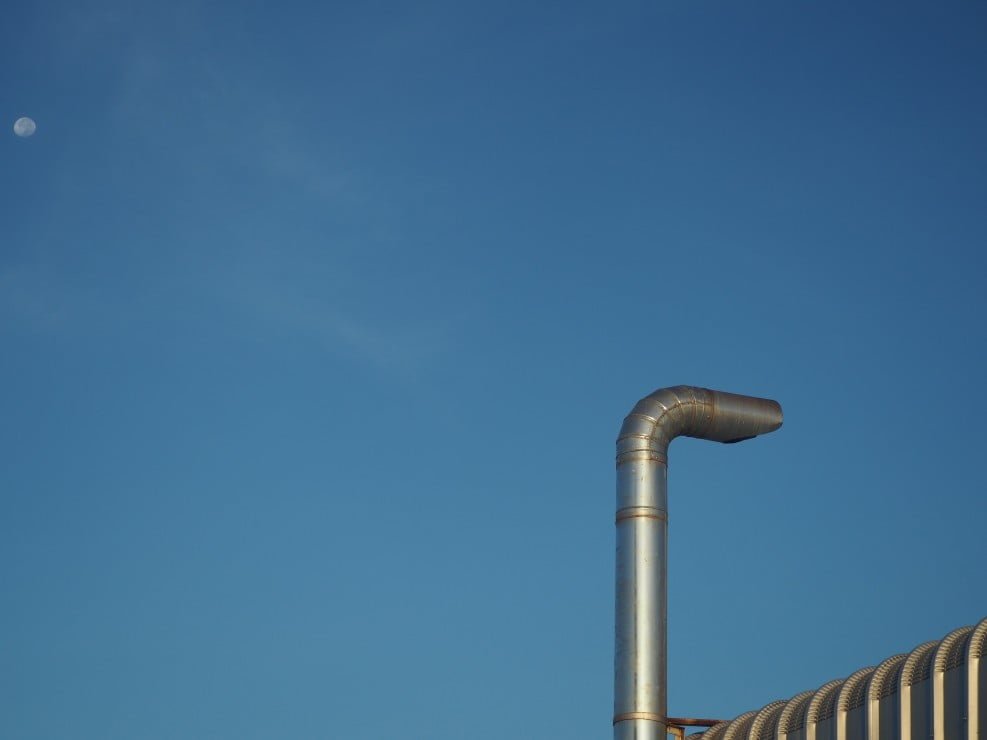Swiss Firm Climeworks Pioneers Carbon Removal from Air to Fight Climate Change
While reducing carbon dioxide emissions remains imperative to combat climate change, a growing coalition urges supplementing mitigation with technologies removing CO2 already overloading the atmosphere. At the forefront pioneering such direct air capture (DAC) systems is Swiss developer Climeworks, whose modular units filter ambient air via specialized sorption filters, harvesting atmospheric carbon dioxide for storage or utilization. With fifteen facilities now operating commercially across Europe, the company offers an in-demand pathway for corporations, municipalities and individuals to measurably eliminate greenhouse gases.
“We’re mining the sky because there’s too much carbon in it,” said Christoph Beuttler, head of climate policy.
Founded in 2009 as an academic spin-off traversing technical disciplines, Climeworks has fine-tuned modular DAC machines leveraging selective adsorbent membranes to concentrate and diffuse 400 parts per million airborne carbon into pure CO2 gas. Units house arrays of ventilated collectors drawing air by fan power or natural wind convection. Filter surfaces inside selectively capture carbon dioxide molecules from the moving airstream thanks to affinity chemical binding properties while allowing other gases like nitrogen to pass through unimpeded.
Once the porous sorption material becomes saturated with harvested carbon compounds after several hours, the collectors seal closed and heat gently to between 100-120°C to drive captured CO2 off filter arrays now emptied for continuous operation. The extracted gas then compresses for storage or transport while exhaust air returns outside, depleted of carbon load. Rinse and repeat once the collectors fully recharge.
The scalable process integrates clean energy like solar or waste process heat to drive fans and furnaces, minimizing direct emissions. Models range from compact shipping containers catching hundreds of kilograms daily to enlarged megaton scale plants proposed. And buyers put the atmospheric carbon dioxide to diverse climate-friendly uses. Underground injection into basaltic rock binds the long-lived greenhouse molecule into inert limestone-like solids for permanent sequestration – a process called mineralization. Demand also exists selling to commercial greenhouses enriching plant growth or producing carbon-neutral synthetic fuels.
Seeking maximum decarbonization impact, Climeworks partners prominently on ambitious mineralization projects like CarbFix in Iceland which has successfully locked away tens of thousands of tonnes of the company’s DAC carbon dioxide to date. But nearer term revenue influxes from industrial gas buyers encourage scaling arrays where emissions accrue faster than regulations require cutting, promising a bridging solution.
Looking forward, from early Stockholm beginnings Climeworks envisions a proliferated global network sequestering billions of tonnes yearly as models predict essential for climate stability given atmospheric accumulation rates. Costs continue falling as project scale-up drives units toward $100 per ton or less. Deployment roadmaps show ten-fold capacity growth before mid decade enroute to the billions required. An international alliance of corporates led by Microsoft recently partnered on purchasing removals to propel expansion.
As climate action mounts across public and private spheres, groups like Climeworks manifest a proactive entrepreneurial spirit accelerating solutions once deemed aspirational or marginal to a central role removing emissions alongside driving down society’s aggregate outputs. In mirroring long industrial legacy but in reverse, DAC air filtration offers hope that human ingenuity which unearthed buried carbon eons ago could restore balance pumping some small portion back underground. And Climeworks aims to lead that launch at scale.
If scaled up sufficiently, its technology could play a large part in reducing atmospheric carbon and thereby preventing climate change, the company believes.
At the same time, it could produce large amounts of valuable carbon that could be used to make everything from fuels to plastics.










